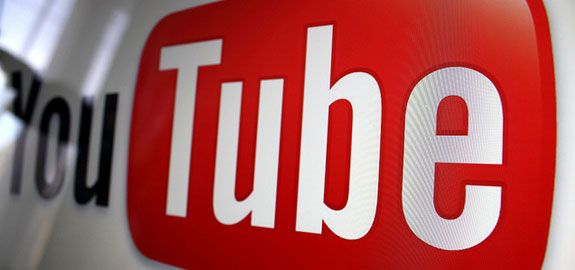The world’s biggest video site will start charging viewers to watch some premium content. Here’s what it could mean for your business.
For some content on the world’s biggest video website, the era of freemium is over.
On Thursday, YouTube started charging viewers a monthly fee ranging from $2 to $7 to access “premium” channels like HD Net and National Geographic.
For the last two years YouTube, which is owned by Google, has offered many Hollywood movies for rent (usually for about $4.99 each). This latest move clearly will put it more squarely in competition with Netflix, Hulu, and Amazon Instant to become an online source of high-quality content. But I find it interesting for another reason: What kind of business opportunities will paid channels offer savvy entrepreneurs?
What’s In It for Brands
With the paid subscriptions, content creators will split the revenue with Google, although the details of this arrangement are still unclear and channels must be approved first. To be sure, YouTube isn’t the only video site offering such a deal. Vimeo announced revenue-generating plans for video publishers last fall, including a tip jar (viewers can submit donations) and a pay-to-view option where creators get 90 percent of revenue after transaction costs. But at about 160 million viewers per month, YouTube wins the popularity contest hands down–Vimeo says it has over 70 million unique visitors monthly.
The question is, if you’re not a Hollywood entertainment company, do you stand a chance of generating revenue with your content?
Some companies plan to try their luck with how-to videos.
“As a developer of instructional video content we have found that our enthusiasts aligned with what we produce are quite willing to pay for targeted quality content,” says Neil Rice, the vice president of TN Marketing, which now operates a golf channel and one on woodworking on YouTube.
Cars.tv has created a paid channel to watch live car races. Another start-up, iAmplify.com, already sells yoga and fitness videos on its own site, so YouTube provides another potential revenue source, and one that offers the ability to include its own branding.
Try, Try, and Try Again
In the beginning anyway, your best bet is to keep your expectations low and try to learn as you go. In fact, you can learn a lot about how to approach the video platform from Google itself.
Roslyn Layton, a Ph.D. Fellow at Aalborg University, Center for Communication, Media and Information Technologies in Denmark, studies business strategy models. She notes that Google itself is like a vast research project that can pivot at will based on the data it gleans from users.
As with any marketing strategy, you should do the same.
“Small businesses can take advantage of free and low-cost analytics and multivariate tools [like Google Analytics],” she says, to create content around a channel that will resonate with viewers.
Know What You’re Getting Into
YouTube hasn’t yet spelled out the details of the revenue split, but you can count on one thing: You may make money, but YouTube will make more.
Dennis Duty, who runs the video marketing company CastleForge Media, described the new paid channels are another form of content curation for the video site.
“By allowing [its] audience and customers to create the content, [YouTube] can profit massively by hosting the venue,” says Duty. “Youtube allows others to create content and they get to make money off of it. Privatizing your membership/paid subscription is a better practice than relying on a massive third party to jump in and take a cut.”
The Bottom Line
Will a paid channel work for you? The financial arrangement will matter, for sure, but so will your content. One thing I’ve noticed already is that many of the paid videos from brands such as Comedy.tv and TYT Plus, aren’t that different from what viewers can get for free on YouTube. To get a critical mass of viewers, you’re going to have to offer something more, so that they appreciate why it comes with a fee.

